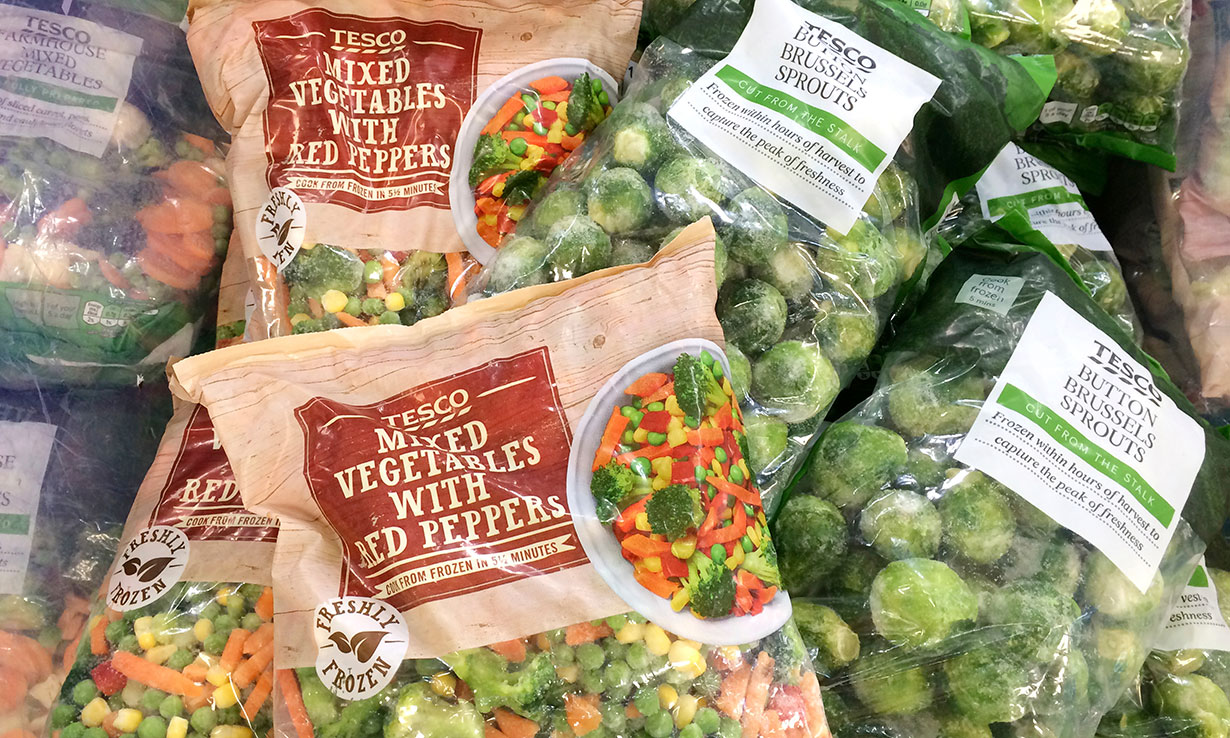FRUIT AND VEG: IS FRESH ALWAYS BEST?
03 Tue, 2021
Fruit and vegetables are packed full of vitamins, minerals, antioxidants and fibre, which keep us healthy and reduce the risk of cancer, cardiovascular disease and high blood pressure.


Publication date: Sep 4, 2020.
Often fresh is viewed as best, and frozen and tinned are regarded as poor cousins.
But that’s not quite true – frozen and tinned fruit and vegetables are often just as good and can sometimes be better than their fresh alternatives.
Is frozen veg as good as fresh?
Once harvested, it can be weeks before fresh fruit and veg reaches our supermarket shelves and shopping baskets, and during this time the levels of nutrients can deteriorate.
Frozen veg are steam-blanched immediately after harvesting, to kill any enzymes responsible for deterioration. This keeps the colours bright and gets rid of any bugs and germs.
Then they’re flash-frozen to ensure the vegetables are being preserved at their peak taste and nutritional value.
Because this happens within a couple of hours of picking, frozen peas, for example, are likely to be more nutritious than fresh ones – unless you’re lucky enough to pick them straight out of your garden.
Frozen fruit is also picked at peak ripeness and then flash-frozen to keep the nutrients intact.

What about tinned fruit and veg?
It’s not quite so simple when it comes to canning. Tins of vegetables are sealed and then heated to kill harmful bacteria and prevent spoilage.
This process can destroy some nutrients – for example, heat-sensitive vitamins such as vitamin C and the B-vitamins, but for other nutrients, the heating process of canning can actually improve absorption.
For example, tomatoes contain lycopene, an antioxidant that has been shown to have a beneficial effect on cardiovascular health, and it’s better absorbed by the human body after it’s been heated.
This means you’ll get more lycopene from tinned tomatoes than raw, fresh ones.
Cooking asparagus, spinach, kale and mushrooms also boosts their antioxidant levels when compared with eating them raw.
It’s important to choose tinned and frozen fruit and vegetables that don’t contain added sugar and salt.
Go for tinned fruit and veg in natural juices or water, rather than syrup or water with added salt or sugar.

Cost and convenience compared
If you frequently find yourself throwing out spoiled or tired fruit and vegetables, it might be worth making the switch to frozen or tinned.
Because frozen and tinned fruit and veg keep for ages, they’re less likely to be wasted and you can use only what you need.
With a little experimentation, you’ll find that the texture of frozen veg works just as well in some meals.
Frozen spinach is great thrown into a pasta sauce or curry, for example, but you won’t want it in a salad.
Similarly, frozen vegetable mixes are a savvy option to bulk out stews, casseroles and curries.
Frozen berries are a good year-round option for smoothies, crumbles and bakes, or to sprinkle on top of porridge.
You’ll quickly notice the cost savings, too. Per kilo, you can expect to spend around £1.57 for fresh broccoli and only £0.86 for frozen.
Raspberries can be as much as £9 per kilo fresh, this jumps down to £5.75 when frozen and £3.34 when tinned.
Source: https://www.which.co.uk/news/2020/09/fruit-and-veg-is-fresh-always-best/
Publication date: Sep 4, 2020.
Related Post
The true fishmeal carbon footprint
The established Life Cycle Analysis (LCA) methodology to assess the fishmeal carbon footprint only accounts for the vessel fuel and post-harvest processing energy while ignoring the carbon sequestration potential of fish.
View more
Freezing Tropical Fruits: Convenient and Effective Solution with Octofrost Machines
Tropical fruits are always a great choice for providing nutrition and fresh flavor to daily meals.
View more


